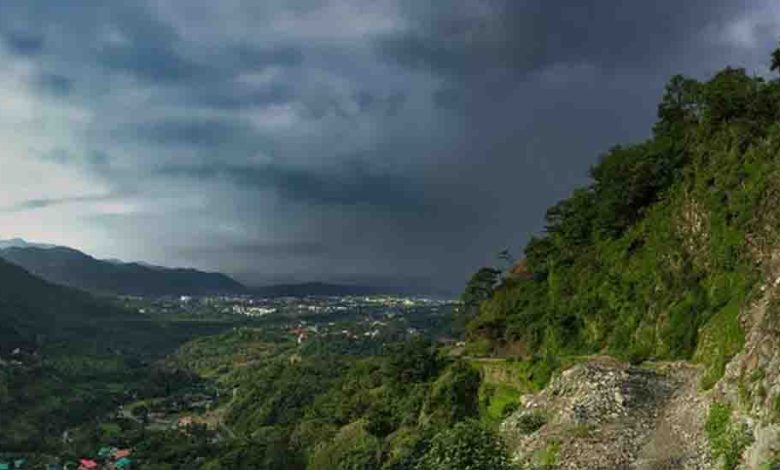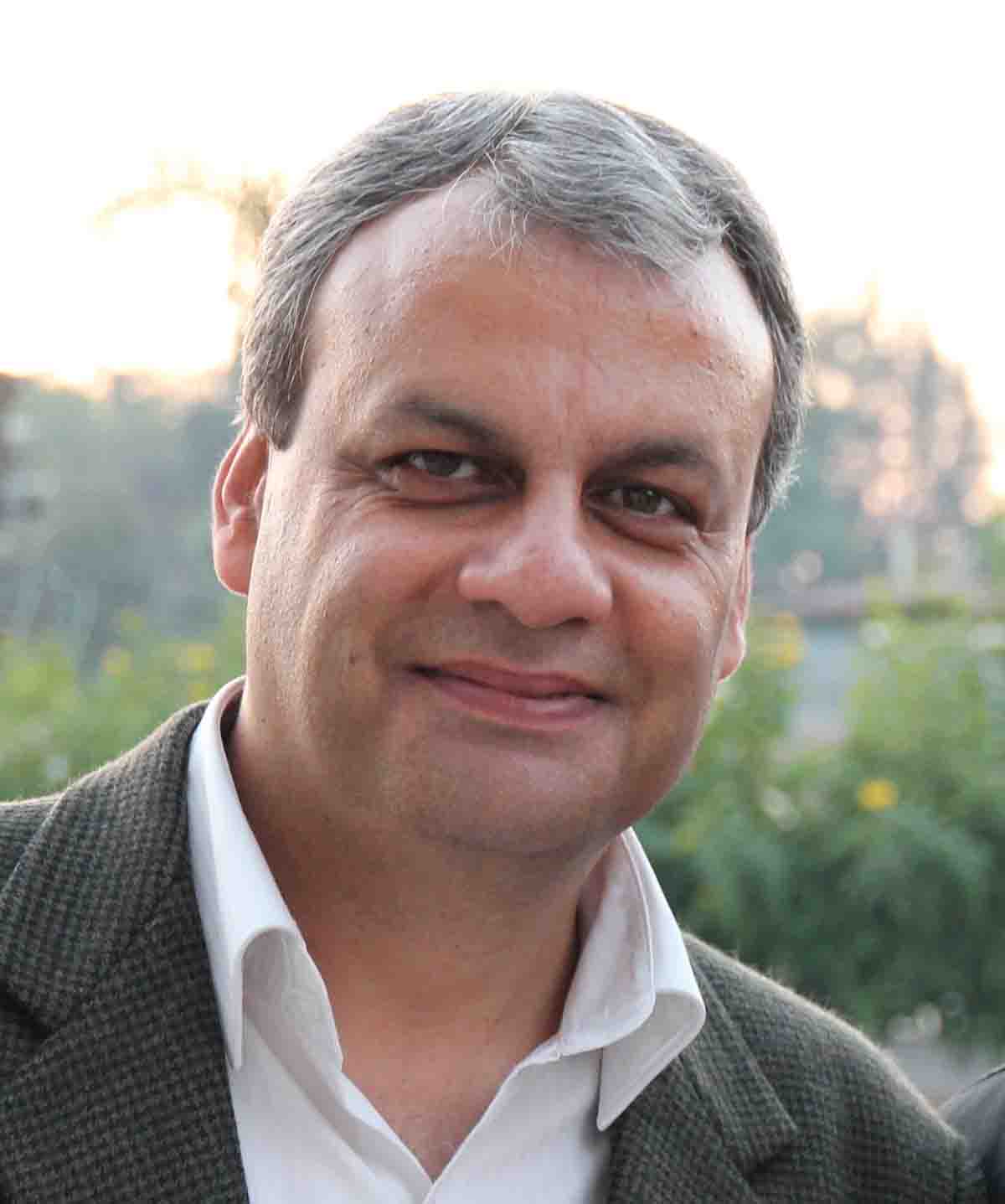Ten things to do all over again in Dehradun

Monday, 08 August 2022
HILLBILLY
 Lokesh Ohri
Lokesh Ohri
Dehradun is a historic space, equidistant from the rivers Ganga and Yamuna, as they descend into the plains of India from the Himalayas. In fact, the valley is called a Dun because we are a special, elongated, cup-shaped valley between the watersheds of two great rivers – Ganga and Yamuna. The landscape is taken millions of years to evolve. Yet, if there is any place in the world that also reminds us of the ephemeral nature of life, it is Dehradun. The first part of its name translates into a camp, a dera. The camp, in its historic sense, was the Guru Ram Rai Durbar, established in 1675 by Guru Ram Rai, who set it up near Dhamawala and the town grew around it. But this should also be a stark reminder of us all, that we are also here, but temporarily. Sadly, some people do not realise that they are guests here, and their greed is now sounding the death knell for this most verdant of vales. For long, the town remained a principality of the Tehri Durbar, until the Nepalese Gurkha overran it. Within a decade, the Gurkha fought the British valiantly in the battle of Nalapani in 1814 but could not prevent the region from coming under British occupation. The colonial masters gave the town a distinctly institutional character. Soon, the hill station of Mussoorie was discovered and began to attract tourists. Meanwhile, the ancient pilgrim routes passing through Rishikesh also saw increased traffic due to road building. Today, as the interim capital of Uttarakhand, Dehradun has transformed into a bustling city. The valley has given us so much, now it is our turn to return the favour by keeping its built and natural heritage safe for future generations.This will only happen if we revisit its heritage, again and again, and question those that jeopardise it.
So, if you are a proud resident, here are ten things you must do all over again and again to strengthen your bond with the city. I know, you would say, “been there, done that,” to this proposition, but read on to understand why these places need to be revisited. Only when you have seen these in finer detail, could you proudly say, “been there, Doon that”.
Walk through Old Rajpur
Did you know that at one point in time Old Rajpur was a more happening place than the city of Dehradun? It was from Old Rajpur that people trudged up to Mussoorie. They would take the train up to Saharanpur, spend the night at the station and board the Dak Gharrie, a horse carriage of sorts the next morning to arrive at Rajpur by evening. They would stay at hotels, and then begin the climb the next morning.Most people walked, while some also went on horseback and palanquins called jhampans. All over Rajpur, one can observe signs of this beautiful laid back lifestyle.The surviving old hotels still carry names of the once bustling hotels. Some of them were The Caledonia, The Prince of Wales and the Rajpur Guesthouse. Incidentally, some of the localities’ names also remind us of this time. For instance, Rajpur still has a Ghas Mandi (grass market) and a Garrison Line.Rajpur also has a number of water troughs where horses would once drink water. Spot them while you are here.
Climb the Kipling Trail
While you are at Old Rajpur, wouldn’t it be fun to walk all the way up to Mussoorie, the way Rudyard Kipling once did? The trail is fascinating and picturesque, a lesson in the geographical features of the Doon Valley. It shows how we are surrounded by hills on all sides like a cup. One can see the Ganga and Yamuna, and their valleys, while in the distance are the Shivaliks. One can see an old railway tunnel that was never used, and the havoc created by unbridled limestone quarrying. The closed quarries also point to the fact that concerted citizens’ action can achieve miracles and help save the environment. Huffing and puffing up the five steep slopes, locally referred to as the Panch-Kainchi (five scissor sharp) bends, we reach quaint Barlowgunj where we can see the remains of the Nepalese castle and milestones frozen in time. As we climb up, weather and pressure changes can easily be experienced. One can also observe the changes in flora and fauna.You meet villagers that have walked for generations up and down the slopes, carrying heavy loads.
Take a closer look at the Durbar Wall paintings
Dehradun, geographically, is a limestone zone and the painters of the Guru Ram Rai Durbar combined the use of limestone and vegetable paint to invent a new technique and create the most beautiful wall paintings in the valley. Therefore, we would have to describe these paintings as just that, and not frescoes or murals. From the travels of Guru Nanak to the trials and tribulations of the life of Lord Rama, from a Devi dressed in royal Mughal attire wearing a Tehri nose ring breastfeeding a dark skinned Ganesha as an infant to the rip-off of a Raja Ravi Verma painting of a lady playing on the Veena, the wall paintings of the Durbar are full of surprises.They also tell the story of how the Durbar came to be. But the most fascinating, perhaps, is the depiction of the flora and fauna of the valley going back some 300 years in time. This is an art gallery steeped in history that we must visit time and again. And wouldn’t it be fun, to come face to face with the painter himself through his self-portrait?
Meet the musicians at Band Bazaar
While at the Durbar, one can walk across to the narrow lanes of Band Bazaar, where you can find numerous offices of the brass bands that people book for raucous weddings.However, many of these old wizened faces are those of musicians, wood sculptors and artistes, people who can play classical western instruments like trumpets, saxophones and bassoons with consummate ease. They practise a lot too, and have their own favourite oeuvre of music. I met several who became my gurus about the 60s film music. Treat them as artistes deserving your respect and you will discover hidden gems.
Try Dehra’s fusion foods
For decades, Dehradun has welcomed students and trainees from all parts. Having been a colonial town famous for schools and institutions has its own perks. Several fusion foods have evolved in the city, keeping in mind varied palates. Where, for instance, can one get dishes like Bun-Samosa and Bun-Chola? These foods combine the best of Indian tastes with the cantonment style bakery that the city specialises in. But the food to die for is the Bun-Tikki. Ask any Doonite, and they will point you towards their favorite Bun-Tikki joint. Other favorites in the category are cream rolls and fried rice with dals. In the 70s, a new food, Mo-Mo was added to the menu card and has since become the official snack of the city. Mo-Mos with a twist include Paneer-Mo-Mos and Tandoori Mo-Mos. And don’t ever miss the divine combination of crisp Dehradun Rusks on fresh milk cream, the Rusk-Malai!
Acquire Nepalese craft at Garhi
In 1803 the Dehradun Valley was annexed by the Nepalese Gurkha and was ruled by the Gurkha warrior Balbhadra Thapa. The Sagauli Treaty, signed on December 2, 1815, between the British East India Company and the Kingdom of Nepal ended the Anglo- Nepal War, also known as the Gurkha War. However, several Gurkhas stayed on and made the valley their home. Though their awesome cuisine is hard to come by in the bazaars, craft from Nepal is still available, albeit in little stores in Garhi in the cantonment and at Maldevta in Raipur. The glass necklaces called pote, trinkets and copper pots are collector’s pieces. But the one object of desire that stands out is the Gurkha machete, the venerable curved Khukri, which is reputed to seek blood once removed from its sheath. This weapon once curdled the blood of many a British soldier in the battlefields, forcing them to incorporate the Gurkha in their own forces, a practice followed until today. One can find regular black leather sheaths or the more ornate and bright ones used for decoration.
Marvel at the fastest growing grass at the FRI
The Forest Research Institute is a sprawling colonial campus with acres of lawns and row upon row of exotic plants and trees brought in for research. This vegetation has found a home here in the valley. The impressive building also houses a museum. Seen it all? But have you ever ventured into the FRI’s Bamboosetum, a living, thriving, open air museum of hundreds of Bamboo varieties brought in from across the world? Bamboo, incidentally, is the fastest growing land plant, a giant grass. Sometimes Bamboo culms grow by three to six inches overnight! It could be the world’s only hope against climate change since it can cool surroundings by up to eight degrees in summer and purifies the air around by about 30%. Bamboo is eminently edible when the young shoots are still soft. So, stroll around the FRI’s Bamboosetum and marvel at several of the 1,500 species of Bamboo that straddle mother earth.
Become a pilgrim to the four Siddhs
Dehradun is a land of sages and rishis. These sages walked to spiritual locations deep in the forests, and such places are now pilgrim spots. Located in four corners of the city are the four Siddhpeethas, that are believed to fulfill wishes, only if you visit them on the same day, preferably on foot, and while you are fasting. Epitomes of simplicity, they accept only jaggery as offerings. The Siddhpeethas of Dehradun are Lakshman Siddh, Kalu Siddh, Manak Siddh and Manu Siddh. They offer unmatched quietude and bliss.
Witness Nature’s artistry at Sahastradhara
Sahastradhara is a classic karst or limestone landscape. Though the place is run over by rowdy tourists and shacks adding to the plastic litter, the space exudes a different charm in the wee hours. Arrive here at the break of dawn to see a temple inside a cave that has stalactites and stalagmites and an odd calcite pillar too. Lots of birds, butterflies and moths, and of course a million waterfalls to be spotted here. Specially recommended during the monsoon.
Amble through Paltan Bazaar
And finally, stroll through the city’s oldest marketplace, the Paltan Bazaar, so named after the men from the British platoons that started frequenting it after they camped around the Parade Ground. Paltan has everything to offer, from South Indian food to the best Chaat, from trinkets to fashion garments, from ice cream to a shop specialising in pens, that long neglected but significant device. From fruit juice to the obscure street where the legendary Dehraduni Basmati was first traded, this old bazaar and its by lanes are a browser’s delight. Specially recommended are Sunrise Bakers, Chetan Puri, Prajapati Katlamme and Nasim Books.
Even if you have lived in Dehradun all your life, you still need to undertake this pilgrimage to bring back the charm of the valley life.
(The writer is an anthropologist, author, traveler & activist who also runs a public walking group called Been There, Doon That?)





